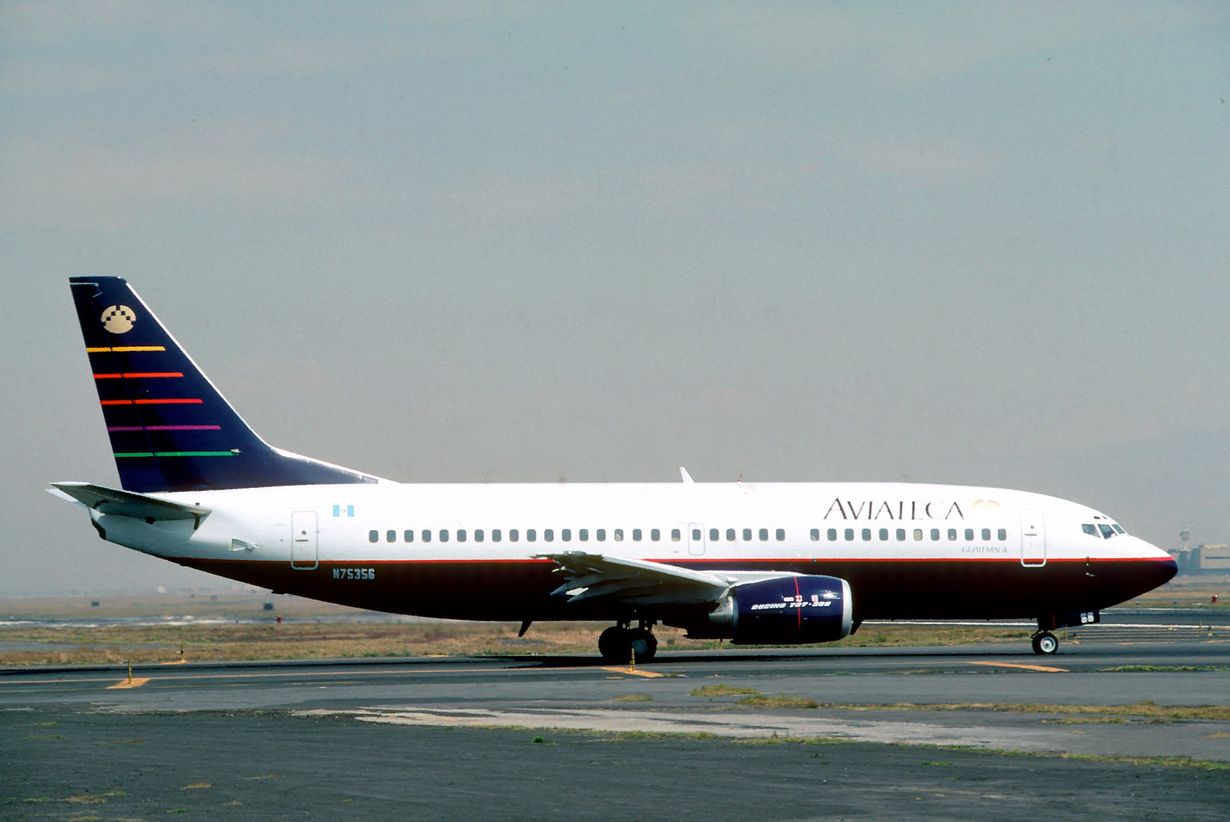
Aviateca, once a prominent airline in Guatemala, holds a fascinating history filled with unique facts. Did you know Aviateca was founded in 1929? This airline played a crucial role in connecting Central America with the rest of the world. Aviateca's fleet included a variety of aircraft, from small propeller planes to larger jets, making it versatile in its operations. Despite facing numerous challenges, including financial struggles and accidents, Aviateca managed to leave a lasting impact on the aviation industry. In 1998, Aviateca merged with TACA Airlines, marking the end of its independent operations but continuing its legacy under a new banner. Let's dive into 28 intriguing facts about Aviateca that highlight its journey, achievements, and contributions to aviation history.
Aviateca: A Brief Overview
Aviateca, the national airline of Guatemala, has a rich history and a unique story. From its humble beginnings to its role in modern aviation, Aviateca has seen it all. Here are some fascinating facts about this airline.
-
Founded in 1929: Aviateca was established in 1929, making it one of the oldest airlines in Central America.
-
Original Name: The airline was initially named Aerovías de Guatemala.
-
National Airline: Aviateca became the national airline of Guatemala in 1945.
-
Fleet Size: At its peak, Aviateca operated a fleet of over 20 aircraft.
-
Merger with TACA: In 1998, Aviateca merged with TACA Airlines, a major airline in Central America.
-
ICAO Code: Aviateca's ICAO code is GUG.
-
IATA Code: The airline's IATA code is GU.
-
Hub: Aviateca's main hub was La Aurora International Airport in Guatemala City.
-
Destinations: The airline served destinations across Central America, North America, and the Caribbean.
-
Fleet Composition: Aviateca's fleet included aircraft such as the Boeing 737 and the Douglas DC-3.
Aviateca's Operations and Services
Aviateca was known for its reliable services and extensive network. Here are some interesting facts about its operations and services.
-
Cargo Services: Aviateca also operated cargo services, transporting goods across its network.
-
In-Flight Services: The airline offered in-flight meals and entertainment on its longer routes.
-
Frequent Flyer Program: Aviateca had a frequent flyer program called Distancia.
-
Maintenance: The airline had its own maintenance facilities in Guatemala City.
-
Safety Record: Aviateca maintained a good safety record throughout its operations.
-
Employee Count: At its peak, the airline employed over 1,000 people.
-
Code-Sharing Agreements: Aviateca had code-sharing agreements with several international airlines.
-
Charter Flights: The airline also operated charter flights for special occasions and events.
-
Tourism Promotion: Aviateca played a significant role in promoting tourism in Guatemala.
-
Corporate Social Responsibility: The airline was involved in various community and environmental initiatives.
Aviateca's Legacy and Impact
Aviateca's legacy continues to influence aviation in Central America. Here are some facts about its impact and legacy.
-
Aviation Training: Aviateca established an aviation training center in Guatemala City.
-
Economic Impact: The airline contributed significantly to the Guatemalan economy.
-
Cultural Influence: Aviateca was a symbol of national pride and cultural identity.
-
Historical Significance: The airline played a crucial role during the Guatemalan Civil War, providing essential transport services.
-
Merger Impact: The merger with TACA helped modernize Aviateca's fleet and expand its network.
-
Rebranding: After the merger, Aviateca's aircraft were rebranded with TACA's livery.
-
Fleet Modernization: The merger allowed Aviateca to modernize its fleet with newer, more efficient aircraft.
-
Continued Operations: Aviateca continues to operate under the Avianca brand, following the merger of TACA and Avianca in 2013.
Final Thoughts on Aviateca
Aviateca's history is a fascinating journey through aviation. From its humble beginnings in 1929 to becoming a key player in Central America, Aviateca has seen it all. The airline's fleet, routes, and partnerships have evolved, reflecting the dynamic nature of the aviation industry. Aviateca's story is filled with interesting facts, like its merger with TACA Airlines and its role in connecting remote regions. These tidbits highlight the airline's resilience and adaptability. Whether you're an aviation enthusiast or just curious, Aviateca's legacy offers a glimpse into the challenges and triumphs of air travel. So next time you see a plane overhead, remember the rich history and the many stories behind airlines like Aviateca. It's a testament to human ingenuity and the desire to connect the world.
Was this page helpful?
Our commitment to delivering trustworthy and engaging content is at the heart of what we do. Each fact on our site is contributed by real users like you, bringing a wealth of diverse insights and information. To ensure the highest standards of accuracy and reliability, our dedicated editors meticulously review each submission. This process guarantees that the facts we share are not only fascinating but also credible. Trust in our commitment to quality and authenticity as you explore and learn with us.
